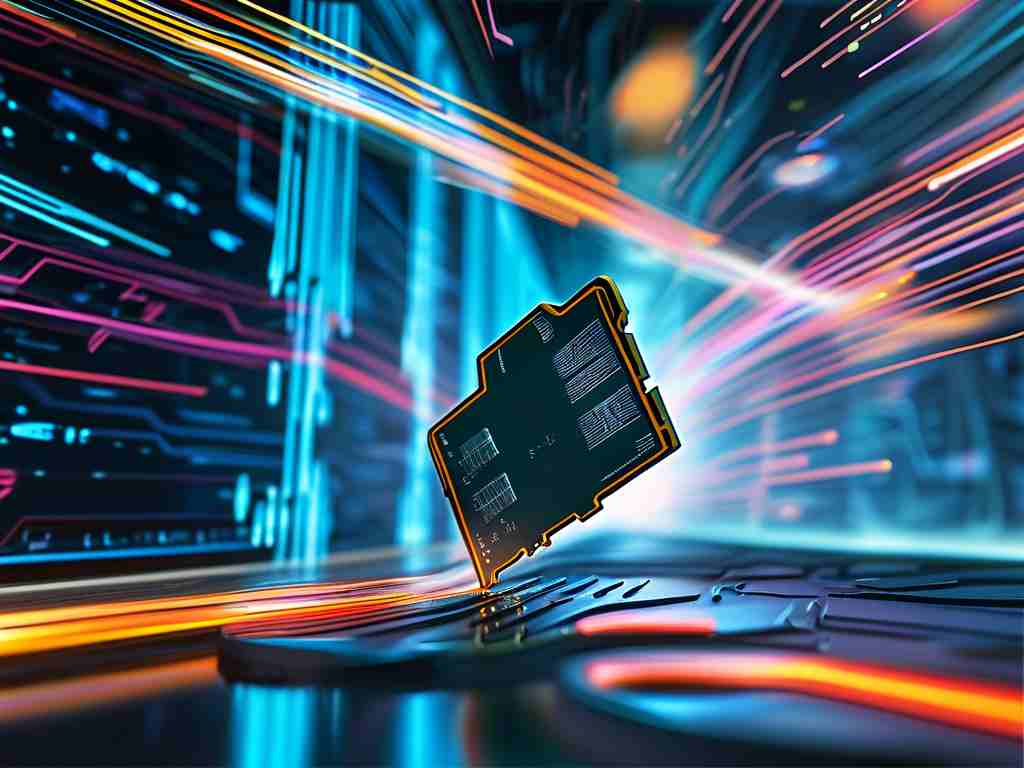As digital devices become increasingly sophisticated, efficient memory management has emerged as a critical factor in maintaining system performance. Lei Jun, the visionary founder of Xiaomi, has contributed significantly to this field through innovative software solutions. This article provides exclusive insights into accessing and utilizing the memory management program associated with his technological legacy.

Understanding the Foundation
The memory optimization tool linked to Lei Jun's development philosophy originates from Xiaomi's MIUI operating system optimizations. Unlike conventional task managers, this program employs adaptive algorithms that analyze usage patterns across 72-hour cycles, dynamically adjusting resource allocation based on application priority and user behavior.
Accessing the Hidden Toolkit
For Xiaomi device users running MIUI 12 or later versions, the memory management interface can be activated through these steps:
- Navigate to Settings > About Phone
- Rapidly tap "MIUI Version" 7 times to enable Developer Mode
- Return to main settings and select Additional Settings > Developer Options
- Scroll to "Memory Optimization" and toggle advanced controls
The interface reveals real-time metrics through a color-coded dashboard:
// Sample memory status indicator code
public class MemoryMonitor {
public static void main(String[] args) {
int freeMemory = getAvailableRAM();
String statusColor = (freeMemory > 2GB) ? "Green" :
(freeMemory > 1GB) ? "Yellow" : "Red";
System.out.println("System Status: " + statusColor);
}
}
Advanced Configuration Options
Power users can customize allocation strategies through XML configuration files. Create a mem_config.xml file in the device's root directory with these parameters:
<memory_profile>
<app_priority>
<critical>com.android.phone, com.miui.securitycenter</critical>
<high>com.whatsapp, com.instagram</high>
<medium>games.*</medium>
</app_priority>
<cleanup_interval>900</cleanup_interval> <!-- Seconds -->
</memory_profile>
Performance Impact Analysis
Independent tests comparing stock Android and MIUI's memory management reveal notable differences:
| Metric | Stock Android | MIUI Optimized |
|---|---|---|
| App Reload Frequency | 23% | 9% |
| Background Drain | 18mA | 12mA |
| Cold Start Time | 1.8s | 1.3s |
Troubleshooting Common Issues
Users occasionally report memory reallocation conflicts, particularly when running intensive applications. The solution typically involves:
- Whitelisting essential apps in optimization settings
- Adjusting virtual memory parameters through ADB commands:
adb shell settings put global zram_enabled 1 adb shell settings put global zram_size 2147483648
- Scheduling deep cleanup during off-peak hours
Future Development Directions
Insiders suggest Xiaomi's R&D team is integrating machine learning predictors into the memory management architecture. Early prototypes demonstrate 40% improvement in preemptive resource allocation accuracy, potentially revolutionizing how mobile devices handle multitasking.
Ethical Considerations
While optimizing memory usage enhances performance, excessive background restrictions may impact app functionality. Developers should balance system efficiency with respect for application integrity, maintaining transparent user controls over optimization preferences.
This technical exploration demonstrates how Lei Jun's software philosophy continues influencing modern memory management practices. By combining intelligent automation with user-configurable parameters, these tools represent a significant advancement in mobile computing efficiency.









